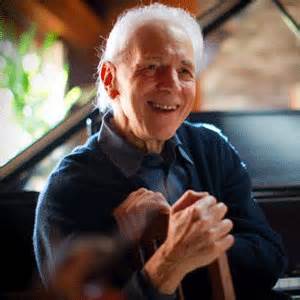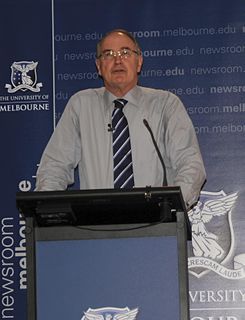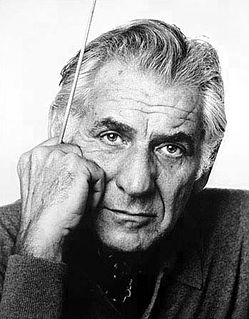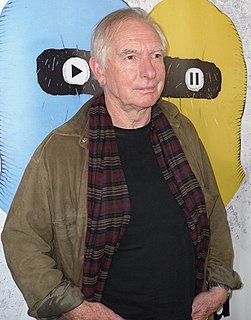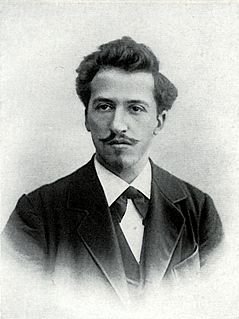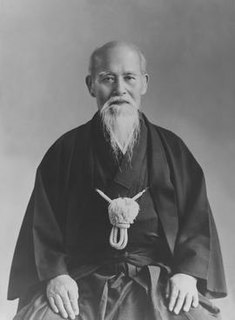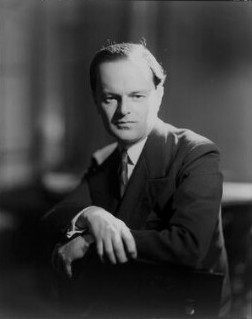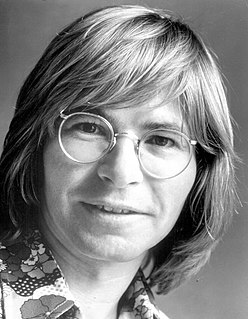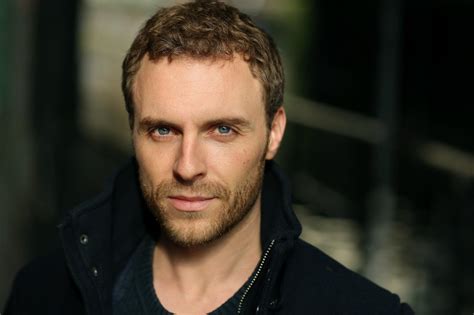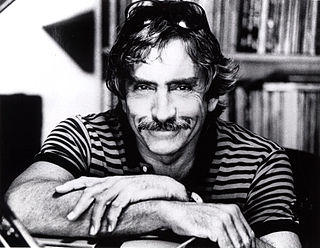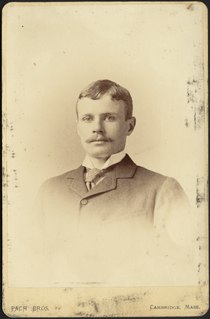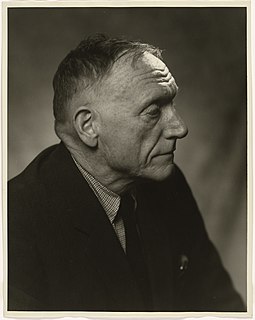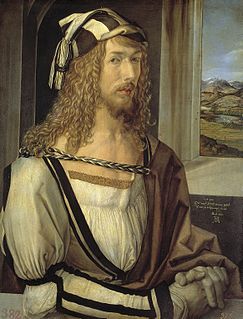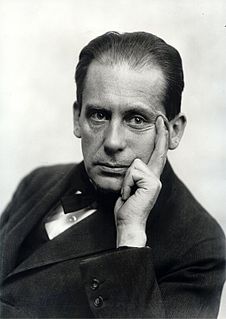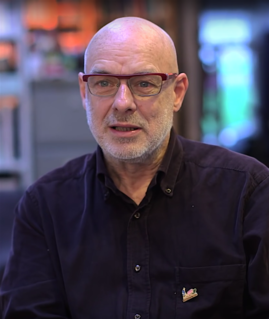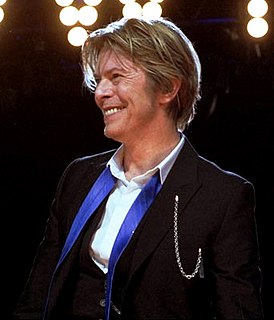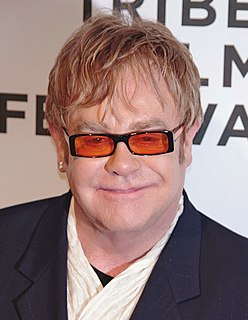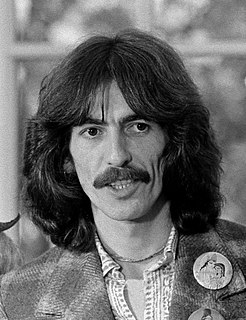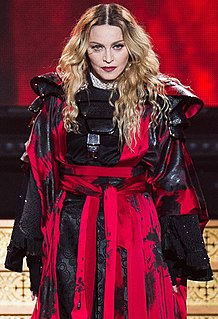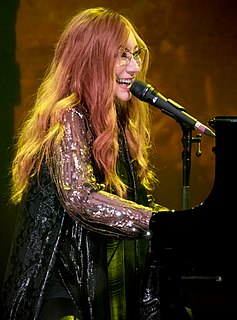A Quote by Russell Sherman
The contradictory, consuming, contested relationship between detail and whole, event an eventuality, breathes fire and wisdom in every great work of art.
Quote Topics
Related Quotes
Every climate scientist has his or her own views on some issues that differ from the mainstream in detail. But the broad findings of the IPCC (Intergovernmental Panel on Climate Change) have general support amongst scientists with relevant specialist expertise. The broad wisdom of the IPCC is strongly contested by a small number, and a small minority, of reputed climate scientists. It is not contested by the large majority of specialists, and by the leaders of the relevant learned academies in the countries of great scientific accomplishment.
I think you too recognize the important relationship between philosophy and art, and it is just this relationship that most painters deny. The great masters do grasp it, unconsciously; but I believe that a painter's conscious spiritual knowledge will have a much greater influence upon his art, and that it would be due only to a weakness in him, or lack of genius, should this spiritual knowledge be harmful to his art.
In art, and maybe just in general, the idea is to be able to be really comfortable with contradictory ideas. In other words, wisdom might be, seem to be, two contradictory ideas both expressed at their highest level and just let to sit in the same cage sort of, vibrating. So, I think as a writer, I'm really never sure of what I really believe.
An artist of understanding and experience can show more of his great power and art in small things roughly and rudely done, than many another in a great work. A man may often draw something with his pen on a half sheet of paper in one day . . . . and it shall be fuller of art and better than another's great work whereon he hath spent a whole year's careful labor.
